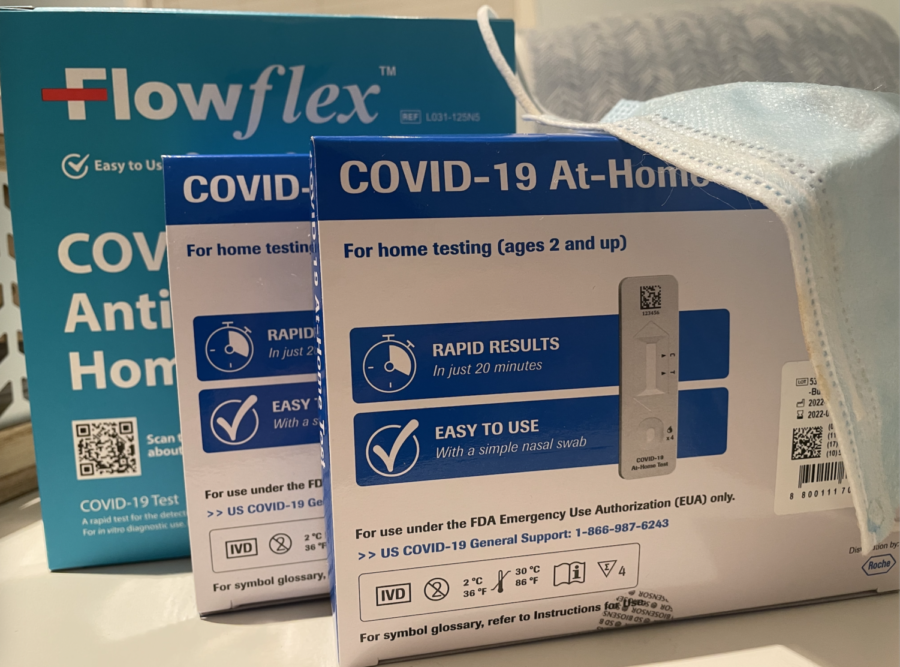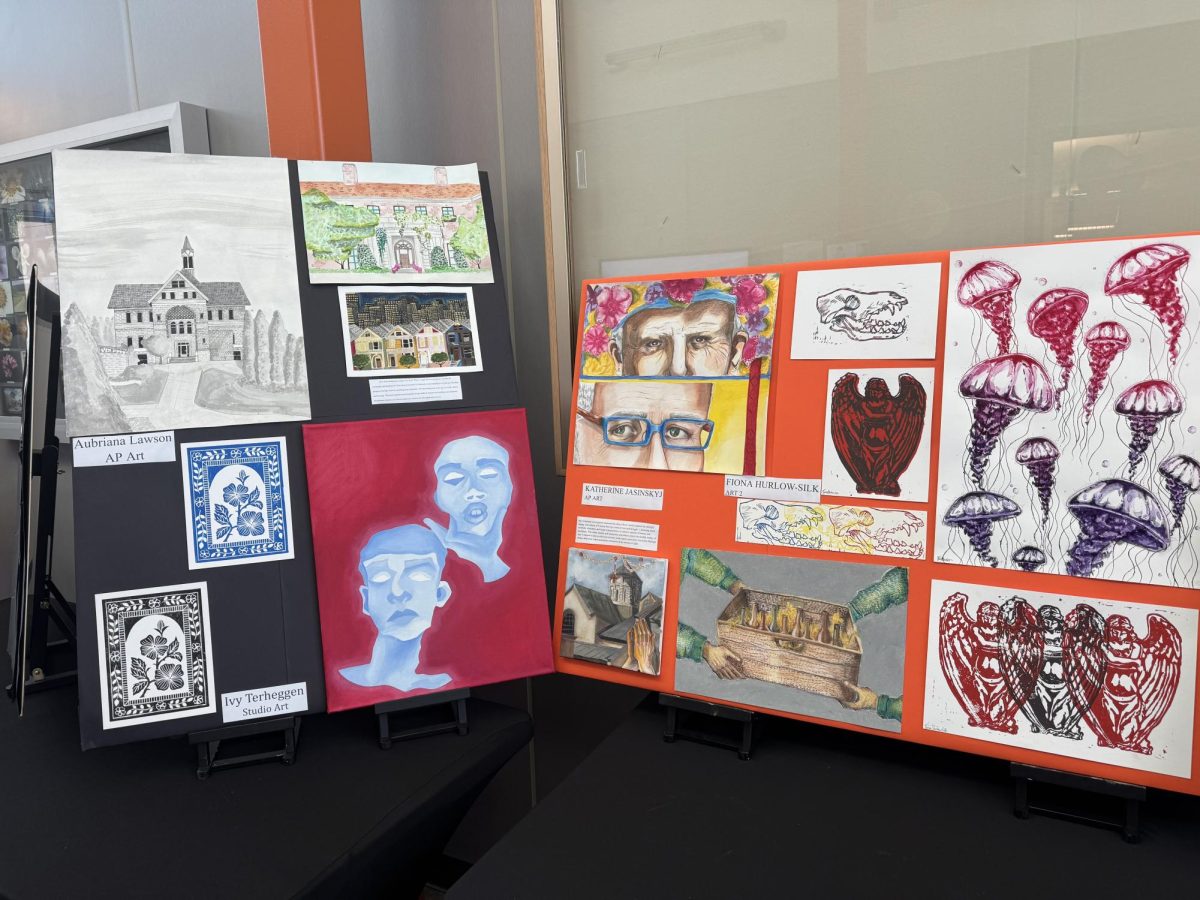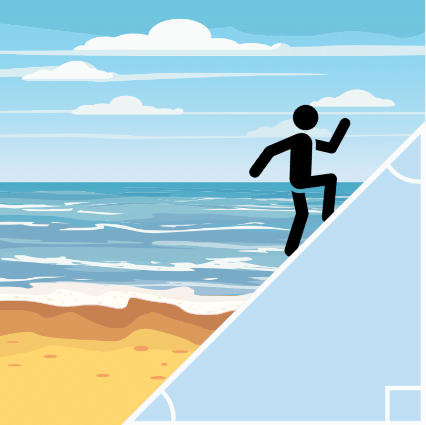With the Bay Area reporting 4,500 new COVID-19 cases, similar to that in the 2020-21 winter surge, Woodside is under siege among growing COVID-19 cases. Many students who have COVID-19 are facing the stress of balancing school with their health.
After coming back to school from spring break with mask mandates changing to strongly recommended, Woodside’s grown in new COVID-19 cases daily. As a result, more students are dealing with the fevers, coughs, and congestion that arise with the virus. For junior Shane Frey, having COVID-19 made it difficult to complete everyday tasks.
“[Having COVID-19] was pretty awful [because] it sucked being bed-ridden for an entire week,” Frey said.
Other students, such as freshman Camilla Jerng experienced mild symptoms of COVID-19 that made completing school work more manageable.
“[Having COVID-19] wasn’t that bad because it was very mild for me,” Jerng said. “I barely had any symptoms and I was just tired. I really didn’t see anyone that much, but that wasn’t much of a problem. Then for school, it wasn’t that hard to catch up on any work because almost half the school had COVID-19.”
Many students, teachers, and staff like Jerng returned from spring break with exposure to COVID-19 after traveling, vacationing, and spending time with others. In doing so, individuals increased their chance of contracting the virus. School nurse Nanette Pasion believes that this uptake in COVID-19 numbers might have started back in January.
“Since the January surge, which was quite big [COVID-19 cases have grown at Woodside],” Pasion said. “Recently, I feel like coming back from spring break, and then when they made the masks mandate more strongly recommended versus mandatory, I find that the numbers have definitely grown.”
The growth in COVID-19 greatly affects the mental health of students, especially those with COVID-19 experiencing the added stress of catching up on schoolwork.
“In the beginning, I was a little stressed that I would fall behind, especially if I would keep on testing positive [on COVID-19 tests],” Jerng said.
According to Jerng, teachers put slides or documents with the lesson plans on Canvas to provide easy access for students with COVID-19 to continue in-class work online. However, Frey states that not all teachers shared the same understanding.
“Most of my teachers were very understanding and just marked work I hadn’t done as “Excused”, but my Advanced Placement United States History (APUSH) grade suffered a lot since my teacher didn’t seem to understand,” Frey said.
Despite some lack of consideration from teachers, the experience of catching up on schoolwork while having COVID-19 was similar to distance learning. Having prior knowledge of online school made completing work easier for students with COVID-19.
“Honestly, it kind of felt like distance learning from eighth grade,” Jerng said. “Everything was online, so you could just go on your computer and access everything. You could still email your teachers and they would assign you what they did in class.”
Although schoolwork’s available online to complete, for those students with COVID-19 that prefer to focus on their health, recovery from the virus takes one to two weeks. However, the Centers for Disease Control and Prevention lowered the minimum isolation period for those with COVID-19 to five days back in January. Pasion states the change is ineffective in determining students’ ability to come back to school after having COVID-19.
“When the CDC changed the guidelines back in January, they lowered the isolation period to a minimum of five days, if they tested negative with a rapid test,” Pasion said. “But what I’m finding is that five days is just too soon. People still test positive on day five, so they either have to continue testing until day ten and then if they test negative before they can return. After day ten, they can return without a test at that point because we follow the ten-day isolation [rule].”
Many students coming back to school after having COVID-19 find it similar to coming back from a break, even with missing schoolwork to catch up on.
“It just felt like going back to school after a break,” Jerng said. “It wasn’t too big of a difference because a lot of people are still out.”
As summer break approaches, Pasion states it’s important to stay healthy and safe by continuing the same precautions of good hygiene, washing hands, and limiting large gatherings. Until then, Pasion hopes students stay healthy during these times.
“Have a great summer and be safe!” Pasion said.












